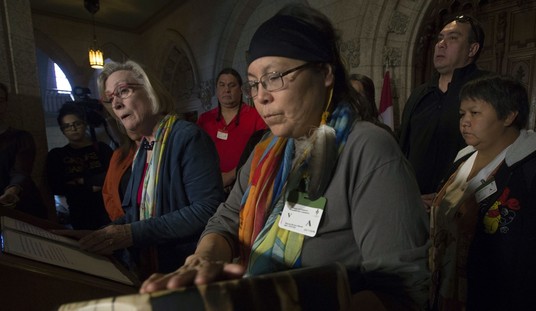Past performance is no guarantee of future results:
In a move that could help increase home ownership rates among minorities and low-income consumers, the Fannie Mae Corporation is easing the credit requirements on loans that it will purchase from banks and other lenders.
The action, which will begin as a pilot program involving 24 banks in 15 markets — including the New York metropolitan region — will encourage those banks to extend home mortgages to individuals whose credit is generally not good enough to qualify for conventional loans. Fannie Mae officials say they hope to make it a nationwide program by next spring.
Fannie Mae, the nation’s biggest underwriter of home mortgages, has been under increasing pressure from the Clinton Administration to expand mortgage loans among low and moderate income people and felt pressure from stock holders to maintain its phenomenal growth in profits.
In addition, banks, thrift institutions and mortgage companies have been pressing Fannie Mae to help them make more loans to so-called subprime borrowers. These borrowers whose incomes, credit ratings and savings are not good enough to qualify for conventional loans, can only get loans from finance companies that charge much higher interest rates — anywhere from three to four percentage points higher than conventional loans.
”Fannie Mae has expanded home ownership for millions of families in the 1990’s by reducing down payment requirements,” said Franklin D. Raines, Fannie Mae’s chairman and chief executive officer. ”Yet there remain too many borrowers whose credit is just a notch below what our underwriting has required who have been relegated to paying significantly higher mortgage rates in the so-called subprime market.”
— “Fannie Mae Eases Credit To Aid Mortgage Lending,” the New York Times, September 30, 1999.
Sociologist Katherine Newman, who chronicles some of the struggles in her book The Accordion Family: Boomerang Kids, Anxious Parents, and the Private Toll of Global Competition, agrees with Conway that we may be witnessing the creation of a generation of renters.
“I’m hoping that the Millennial Generation doesn’t set its sights on homeownership as a benchmark of economic stability, because it’s going to be out of reach for so many of them that it will just be a recipe for frustration,” she says.
Homeownership among millennials has been on a gradual but steady decline, according to the latest available U.S. Census Bureau data.
Even with big drops in housing prices and interest rates, getting a mortgage has become a lot harder since the heady days of “no income, no assets” loans that fueled the housing boom of the early 2000s. Most lenders now require a rock-steady source of income and a substantial down payment before they will even look at potential borrowers. And many millennials won’t be able to reach that steep threshold.
The vast majority of Americans who currently rent say they hope to buy a place of their own someday, according to a recent survey released by the Woodrow Wilson International Center. But Newman fears that for many young adults, at least, perception and reality have yet to come face-to-face.
“The capacity to own a home will be powerfully affected by the slowdown in [their] earnings,” she says, “especially for entry-level workers and the crushing consequences of student loan debt.”
— “Generation Rent: Slamming Door Of Homeownership,” NPR, June 7th, 2012.
Even America, traditionally a beneficiary of European woes, seems to have turned on its young. College debt is crushing many young people with degrees—particularly those outside the sciences and engineering—that are not easily marketable. The spiking number of people in their 30s working as unpaid interns reflects this erosion of opportunity. This has happened even as the price tag for college has shot up; 94 percent of students who earn a bachelor’s degree now owe money for their educations, compared to 45 percent two decades ago. Here’s a tribute to futility: today a majority of unemployed Americans age 25 and older attended college, something never before seen.
Governmental priorities here continue to favor boomers and seniors over the young. For a generation, transfer payments have favored the elderly, a trend likely to accelerate as the boomers continue retiring and demand their due. According to Brookings, America spends 2.4 times as much on the elderly as on children.
Forced to take lower wages if they can find work at all and facing still-expensive housing in those markets where many of the jobs are, roughly one in five American adults 25 to 34 now live with their parents—almost double the percentage from 30 years ago. Increasingly both Wall Street and green “progressives” urge young people to abandon homeownership for a poorer, more crowded life in expensive, high-density apartment blocks.
— “It Can Happen Here: Europe’s Screwed Generation and America’s,” by Joel Kotkin, the Daily Beast, June 4th, 2012.










Join the conversation as a VIP Member